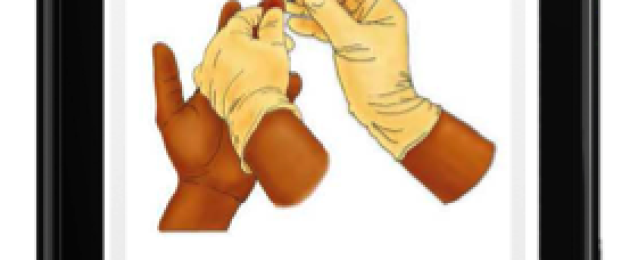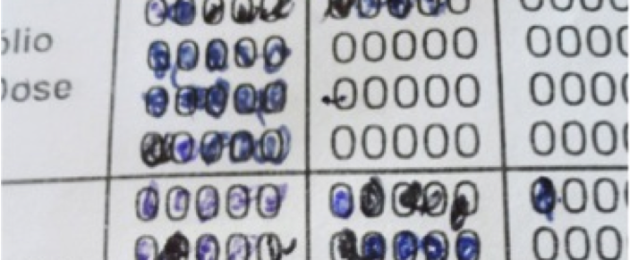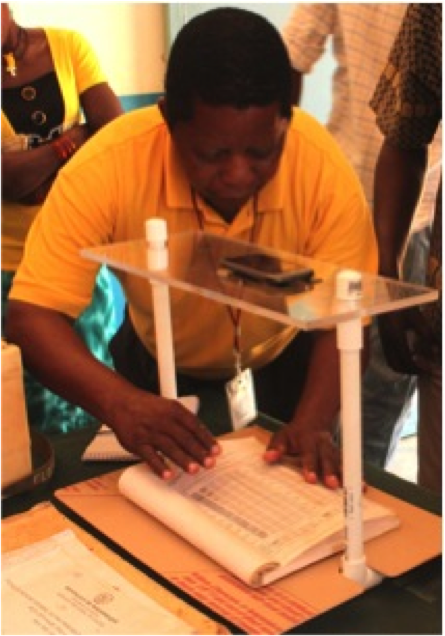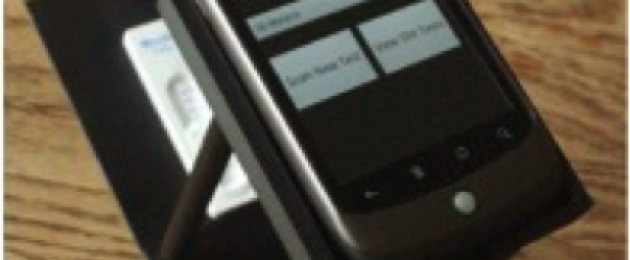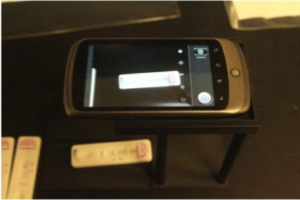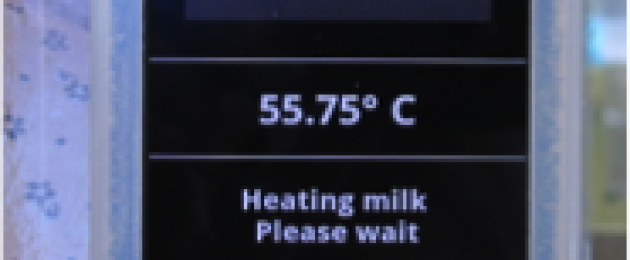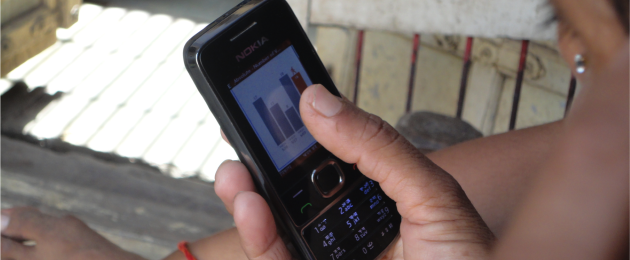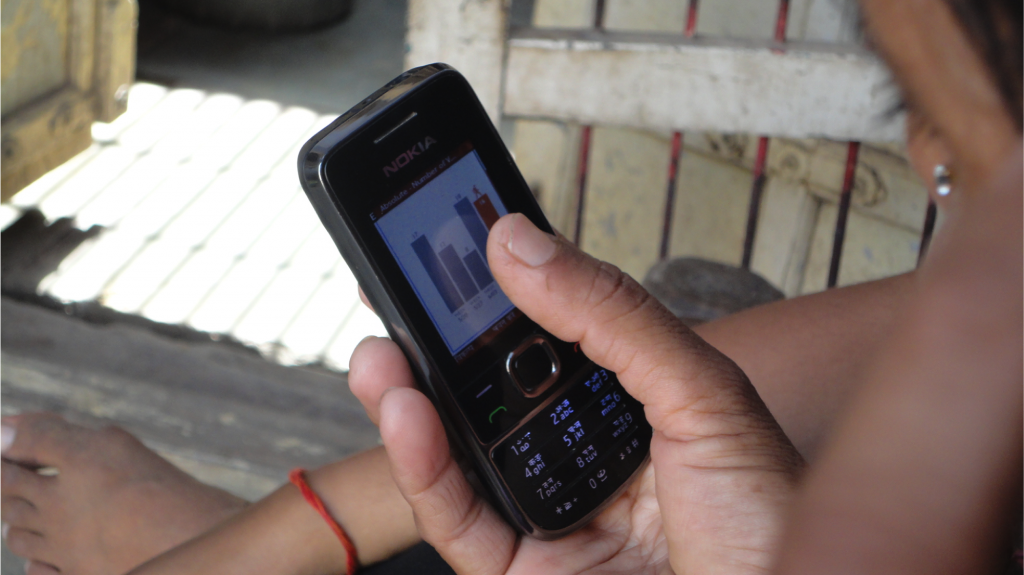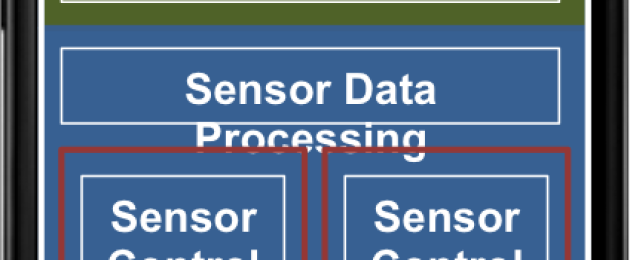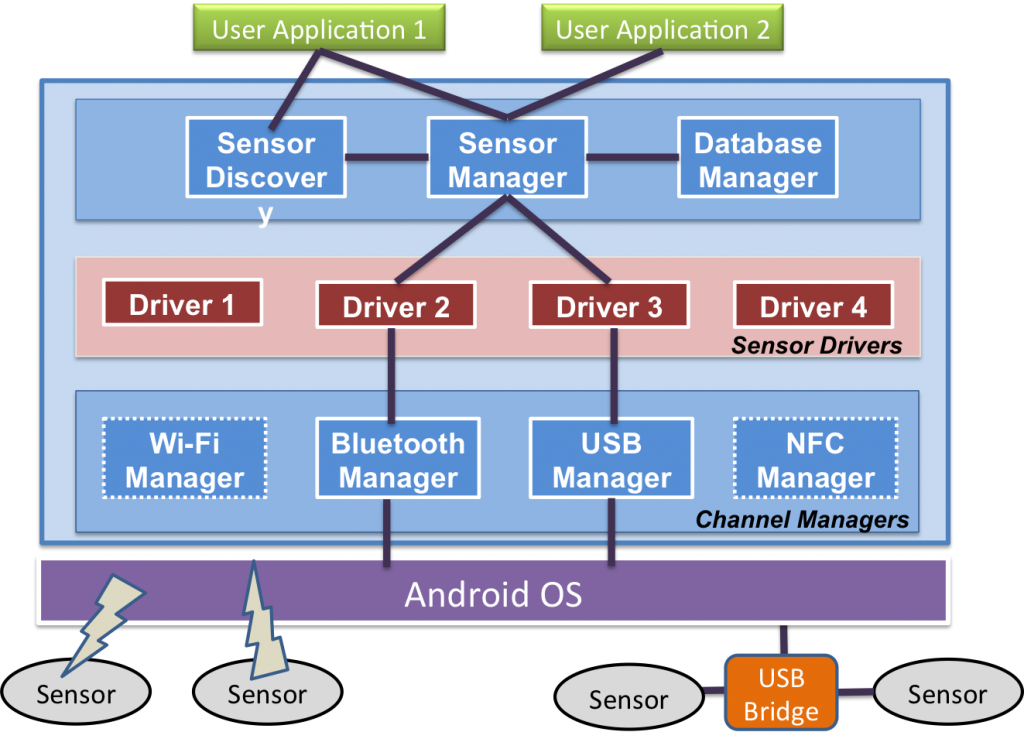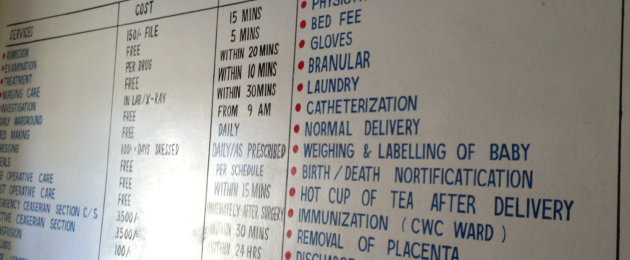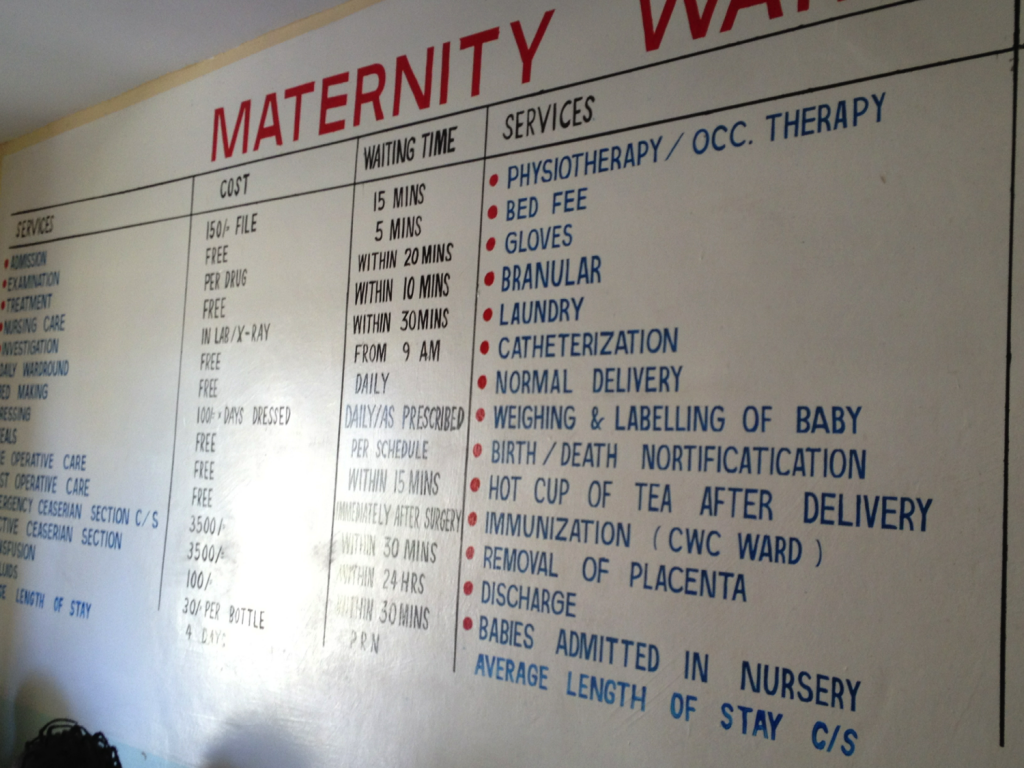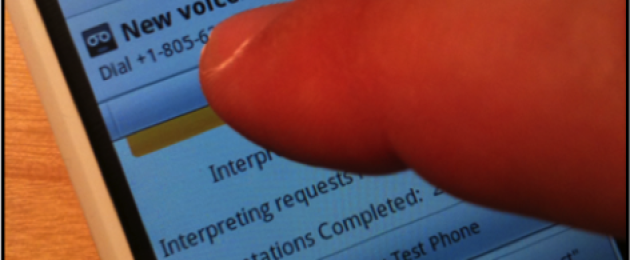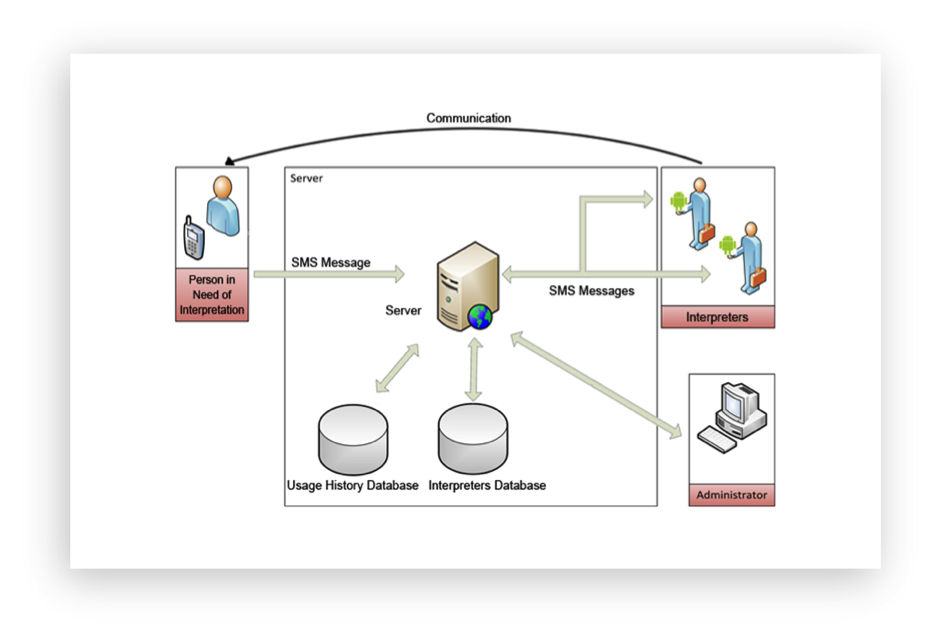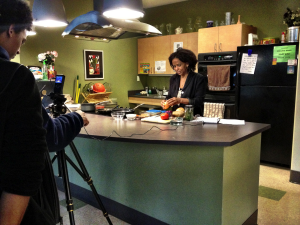 South King County encompasses several cities in Washington State, including Tukwila, Sea-Tac and Federal Way. Its residents experience some of the worst health outcomes in the country. For example, diabetes prevalence in South King County is more than twice the rate of King County, while rates of obesity and heart disease are also disproportionately high. The incredibly diverse ethnic and linguistic makeup of the area also leads to residents’ reduced access to healthcare facilities and services.
South King County encompasses several cities in Washington State, including Tukwila, Sea-Tac and Federal Way. Its residents experience some of the worst health outcomes in the country. For example, diabetes prevalence in South King County is more than twice the rate of King County, while rates of obesity and heart disease are also disproportionately high. The incredibly diverse ethnic and linguistic makeup of the area also leads to residents’ reduced access to healthcare facilities and services.
In partnership with Global to Local, we are adapting the video-creation model developed by Digital Green to establish a community-based program for creating culturally-appropriate video that demonstrate healthy behaviors. By working with Global to Local and its Community Health Promoters (CHPs), the project works to both build capacity within Global to Local and the community for creating and disseminating videos.
The first set of videos have been filmed and set to be shared at community forums in September/October 2012. These videos target the Eritrean, Latino, and high school communities in South King County.

